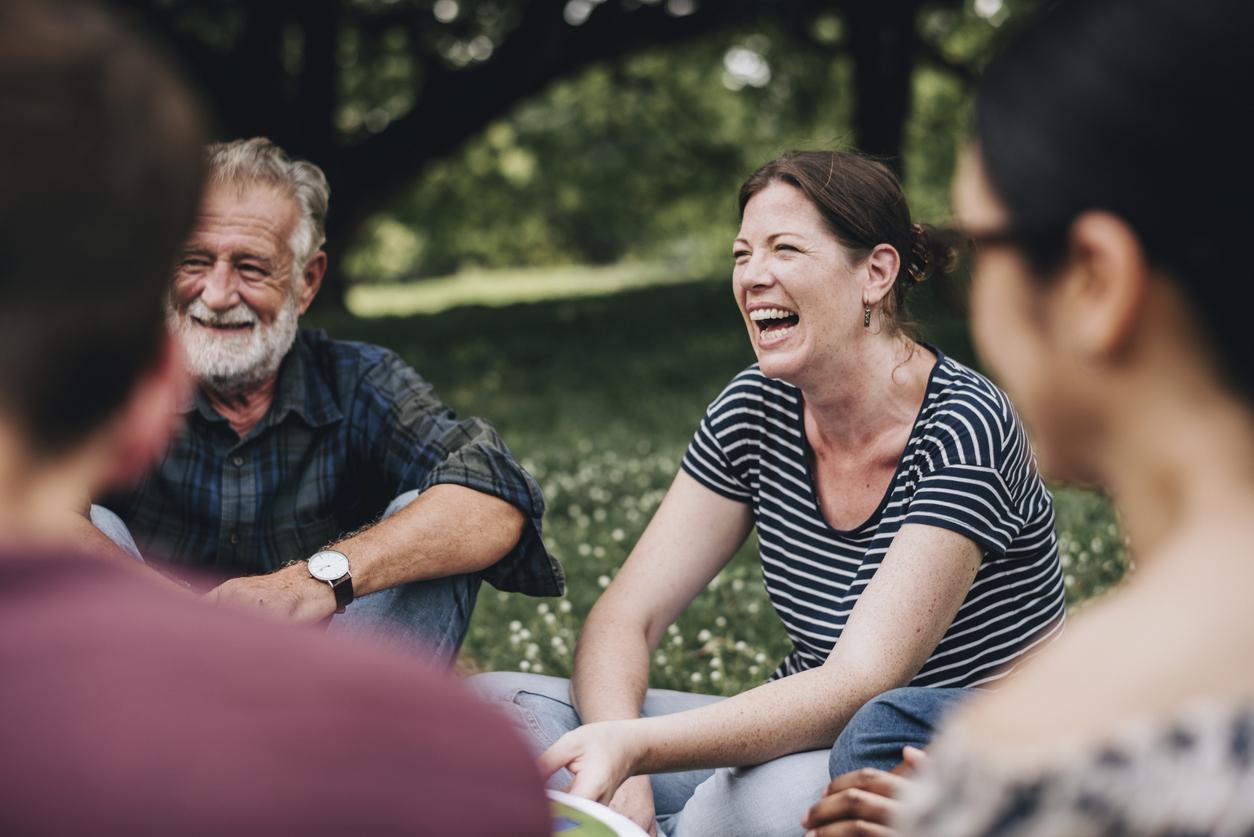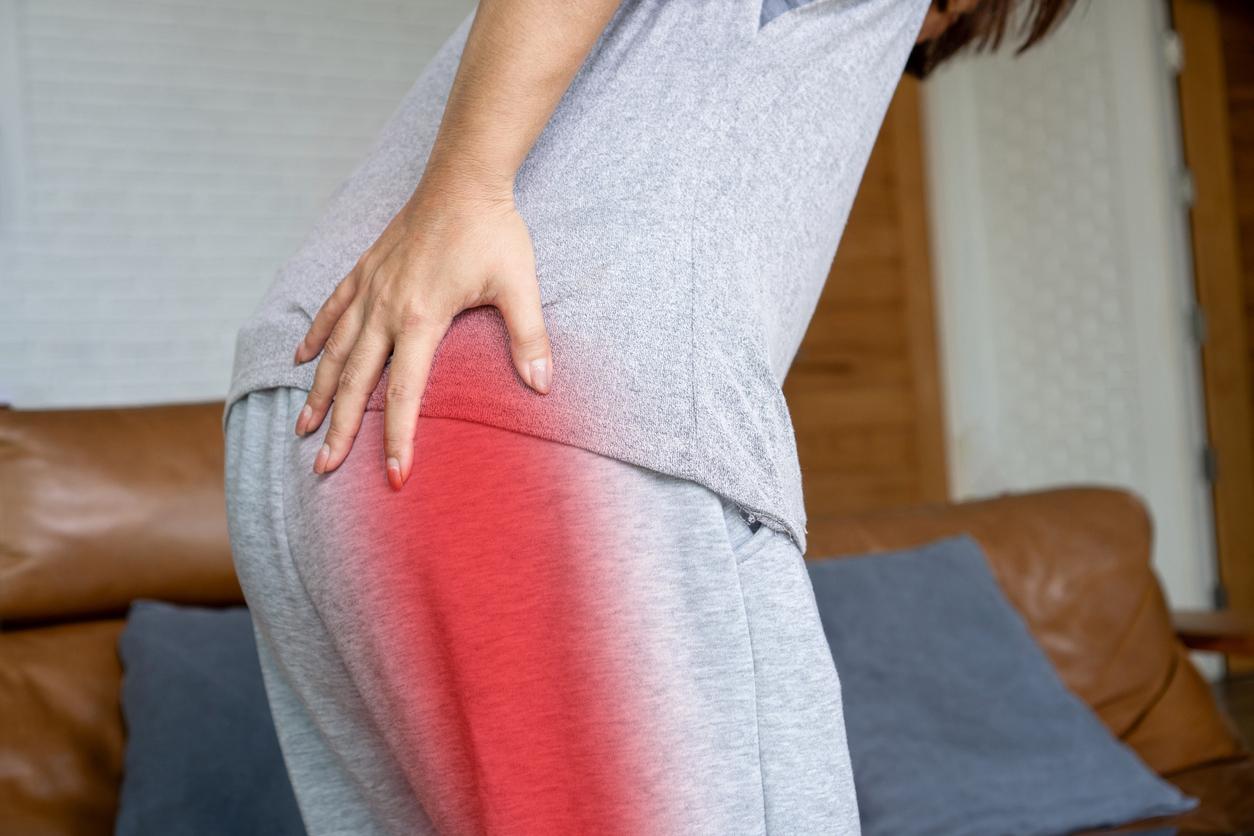More than half of French people regularly complain of pain. Headaches and back pain are at the top of the suffering charts.

How many of us are suffering today in France? What are the most common ailments? How do these pains affect daily life and morale? On the occasion of the world day of the fight against pain sponsored by the World Health Organization (WHO), a survey wanted to understand and assess the impact of pain on the daily life of the French. This was carried out by the CSA institute with 2,000 people for Sanofi.?
Back pain at the head of the pains
As a result, 92% of French people surveyed have suffered from short-term or persistent pain over the past 12 months. And among them, 52% were still suffering at the time of the survey. This also reveals that the French have experienced a lot of pain during the year. In terms of intensity, the people questioned evaluate them at 4.2 out of 10 on average. At the top of the list, back pain (67%) and headache (62%) make the French suffer the most. According to the people questioned, they were triggered following in particular a bad posture, a stress, an illness, or an accident …
“These figures of 92% and 52% may seem high, but they include short-term pain (acute pain) and persistent pain (chronic pain)”, comments Prof. Alain Serrie, head of the Pain Medicine – Medicine service palliative at the Lariboisière Hospital (Paris) which supervised the study.
Long-standing pain
Among the people who said they were in pain at the time of the survey, 68% had felt this pain for more than a year. This proportion increases with age, since this rate reaches 79% among the oldest population in this survey (50-60 years). What are these recurring pains? In the top three, we find joint pain, menstrual pain and migraines. In addition, among the people who suffered during the year, 61% had at least one pain of high intensity (pain rated greater than or equal to 8 out of ten). To understand these results, Professor Alain Serrie explains: “We must not forget the aging of the population. As life expectancy increases over time, there will be more ailments such as osteoarthritis and neuropathic pain in the years to come. “” What must be clarified is that very often high intensity pains are acute pains for which drug treatment is usually sufficient. On the other hand, chronic pain requires more comprehensive care: physical, psychological and medication, ”he adds.
How the French react to pain
And precisely, this study also assessed the behavior of French people in the face of their pain. For the same person, several attitudes have been described, probably related to the type and intensity of the pain: consulting a health professional, waiting for the pain to go away on its own, or taking a medication on its own . These behaviors vary from generation to generation: 18-24 year olds tend to wait for the pain to go away on its own, while 50-60 year olds are the most likely to go for a consultation.
Pain, not a taboo for the French
Finally, the good news however, pain is not a taboo subject for the French. So much so that 83% of people questioned talk about their pain to those around them. But talking about it does not cure ailments, because when the French suffer, it has a negative impact on their morale (36% for short-term pain-56% for persistent pain), their social life and their leisure (30% – 54%), their work capacities (25% – 42%), and finally their family life (24% – 41%). And for 6 in 10 people, pain relief positively impacted their quality of life.
(1) 2006 individuals aged 18 to 60 were interviewed via the Internet from August 25 to September 2, 2014. The pains mentioned are physical pains.
.

















